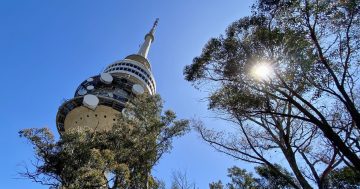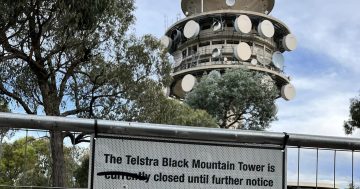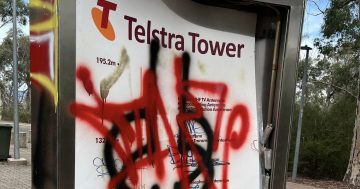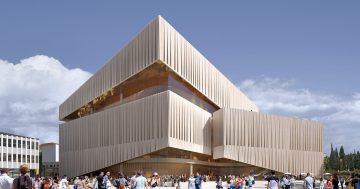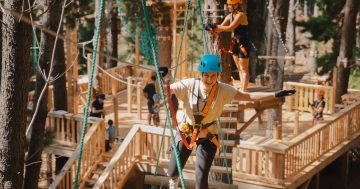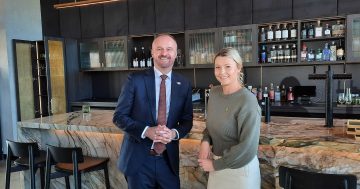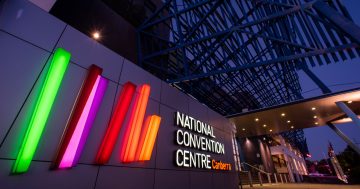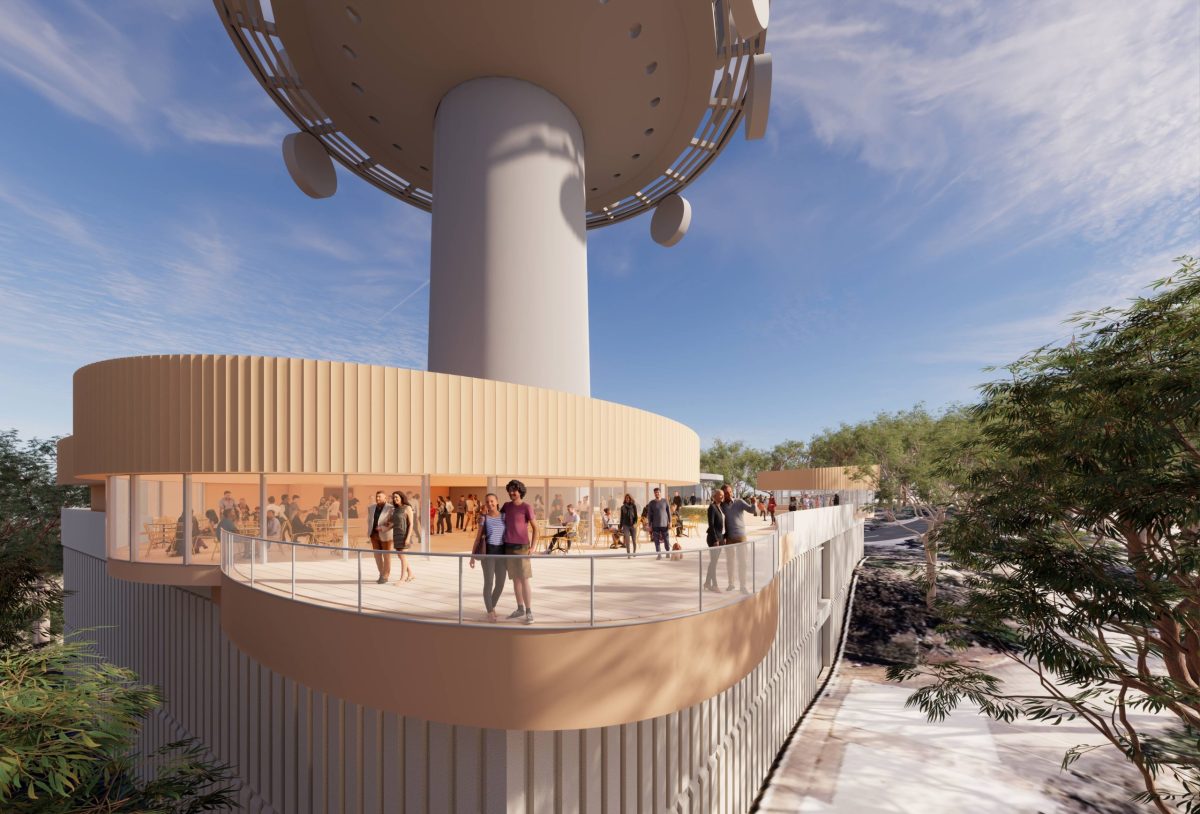
An artist’s impression of the Telstra Tower podium with cafe and observation deck. Images: Architectus.
Moves to re-energise Telstra Tower as a tourist attraction are underway, with the telecommunications company and the ACT Government inking a deal to work together on establishing at least a cafe, shop and observation deck at the iconic landmark.
But Chief Minister Andrew Barr is open to other innovative proposals.
“The call out today is to entrepreneurs within Canberra’s tourism industry as to ideas for how the tower could be activated in ways that are commercially viable,” he told a press conference at the National Arboretum where e and Telstra CEO Vicki Brady signed a letter of intent on developing the Tower into an attraction.
Telstra Tower on Black Mountain closed as a tourism venue in July 2021, and the revolving restaurant shut in 2013.
There have been regular calls, including from the government, for Telstra to reopen the Tower and re-establish some sort of visitor attraction there.
Over the past two years, Telstra has done extensive planning and community engagement about re-developing the building and recently approached the ACT Government for them to consider operating it as a visitor attraction.
It has already been working with national design firm Architectus, and artists’ impressions of what a reimagined Tower as a public venue could look like have been released.
The cost of any new development there was still to be determined, and it would be at least 2026 before the Tower would be reopened to the public.
Ms Brady said the Tower was more than just a piece of infrastructure and the company believed the site could again be an attraction for Canberrans and visitors to the country’s capital.
However, Ms Brady said that Telstra did not have the expertise to run such a facility and would need a partner with local knowledge, skills and capability to help make it happen.
“That’s why we are pleased to be entering into a partnership with the ACT Government to leverage their local expertise in running world-class tourism venues, and we hope this enables the Tower to once again be open to the public,” she said.
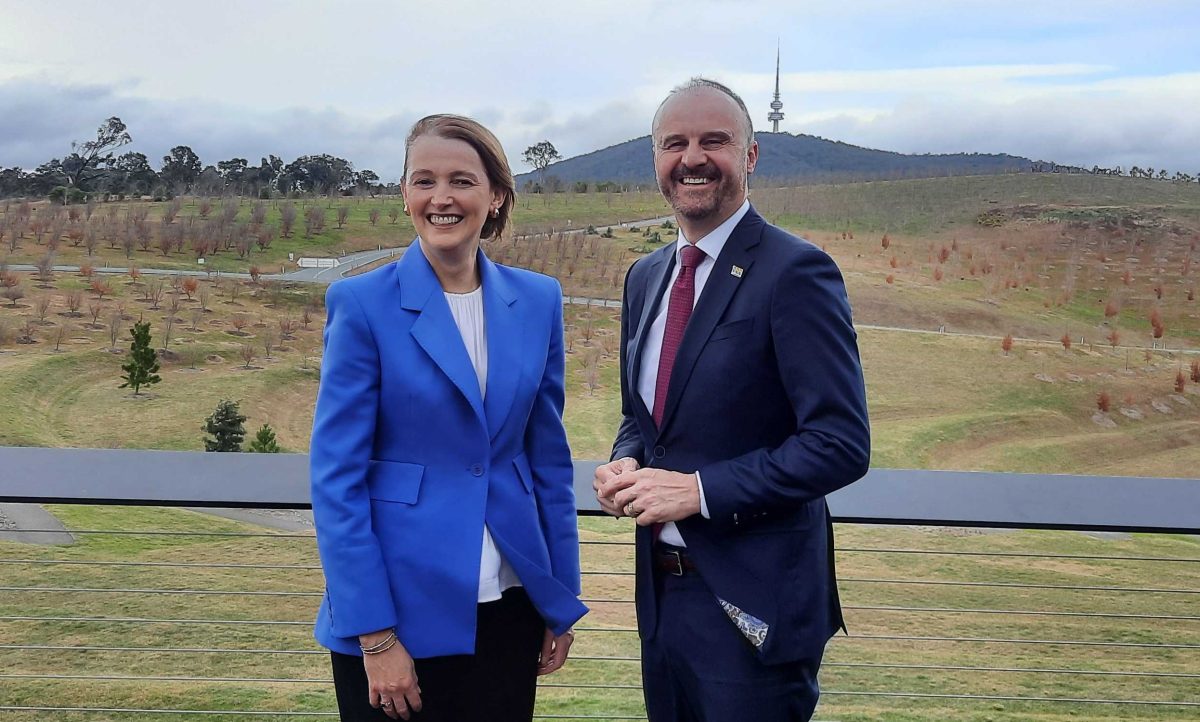
Chief Minister Andrew Barr and Telstra CEO Vicki Brady at the National Arboretum. They want to see ideas to bring Telstra Tower back to public life. Photo: Ian Bushnell.
“The agreement that we will assign today will enable the AC T government to come up with a business plan to get the Tower up and running as a business but also a centre to celebrate the history and culture of the traditional owners.
“As the owner of the building we will ensure that the building is fit for purpose and restore it to be a must-visit attraction here in Canberra.”
Ms Brady said Telstra would make a significant investment in any new development, although she would not commit to a figure, and reopening the viewing platform would be a priority.
Mr Barr said a cafe, some retail and an observation deck were on the list of expectations, and possibly a destination restaurant, depending on advice from the hospitality industry.
He said the government would draw on its experience in developing and operating award-winning tourism venues, particularly the National Arboretum Canberra and the Canberra and Region Visitors Centre.
“We will look at the options for us that could range from venue manager to co-investing,” Mr Barr said.
For example, the Arboretum was owned and managed by the ACT but elements of commercial activity such as the the cafe were contracted out to the private sector.
“So I think there’s a spectrum of opportunity here,” Mr Barr said. “And what we’re looking at is developing the business case for each element.”
The ACT also owned land around the tower, including the car park, that could be upgraded.
Mr Barr also saw scope for conferencing and meeting facilities, and for Telstra to deploy new digital technologies to enhance the visitor experience.
“Over the coming months, we will be working with Telstra on the detail of the commercial arrangements and the investment required now and into the future to operate this iconic visitor attraction before final decisions are made on the partnership,” Mr Barr said.
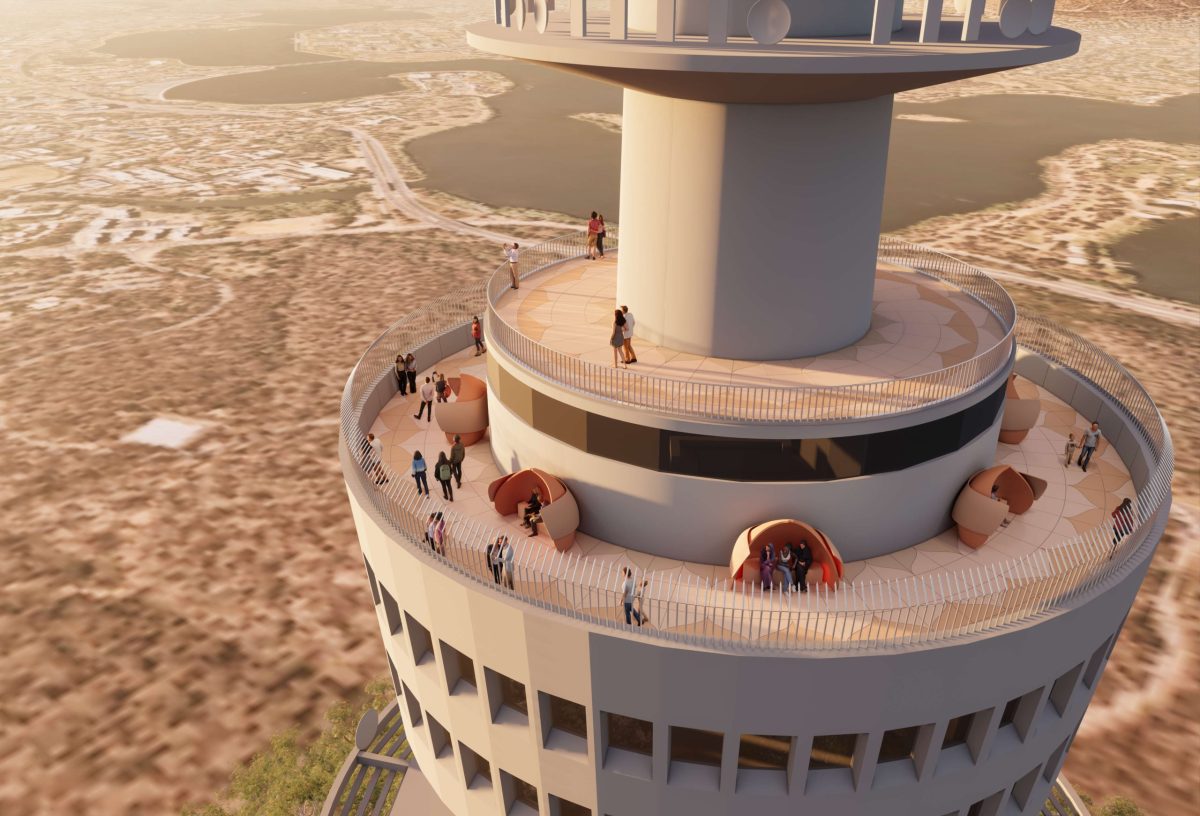
Breathtaking views of the national capital: the Telstra Tower lookout.
Both Telstra and the government are keen to include Canberra’s Indigenous people in plans to develop the attraction.
Ms Brady said Black Mountain had ongoing cultural significance to the Ngunnawal people, and any new development of the Telstra Tower should also reflect and incorporate this as a key element.
“We’ve had a wonderful engagement from the people and their elders,” she said.
“So all of those concepts and ideas we’ve captured and now as we take this step forward, that’ll be great input as we work through what’s the best way to really showcase the history and culture from the area.”
Mr Barr said the government would continue with Telstra to engage with the Ngunnawal community and other families and stakeholders with an interest in the Tower.
“I would envisage a real role for for reconciliation and storytelling as part of as part of the facility too, given, given the views it has over the region,” he said.
“There’s a lot of history and a lot of stories that that can be told in that regard.”
Architectus principal Sophie Cleland said Telstra Tower was being reimagined with country and culture as central pillars for future generations of the ACT community.
“Our proposed design will respectfully acknowledge the significant stories of place and history bringing new life to this Canberra icon,” she said.












